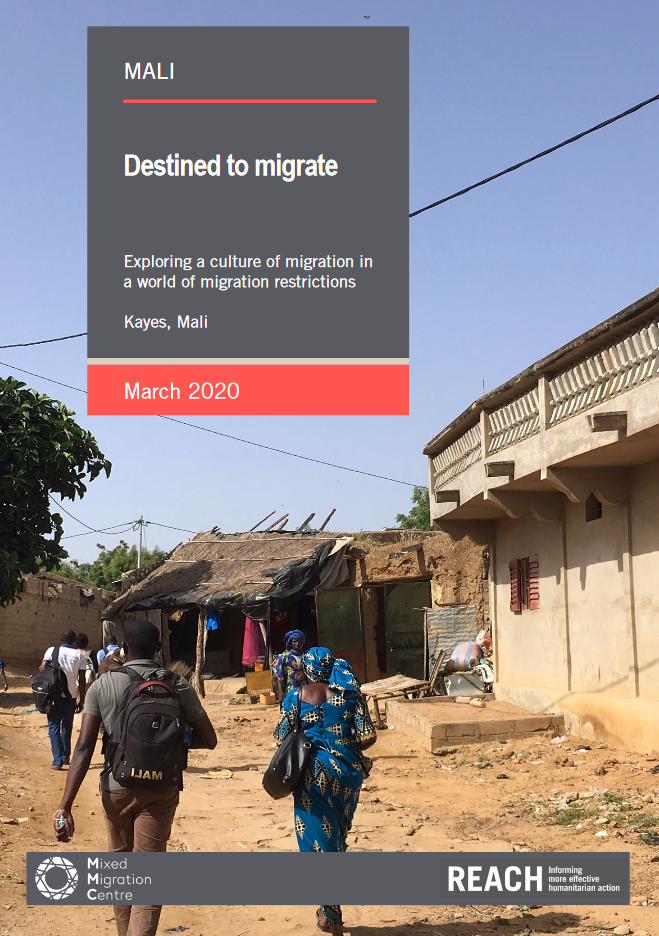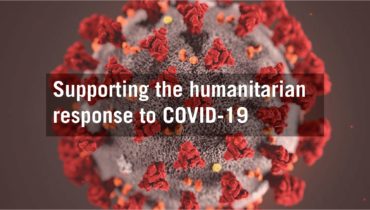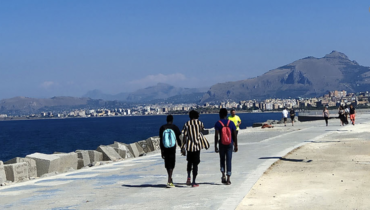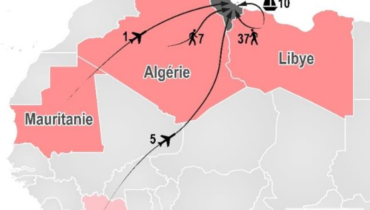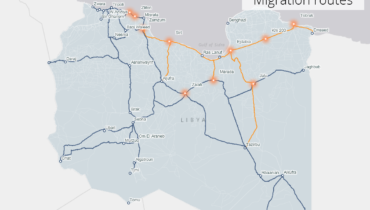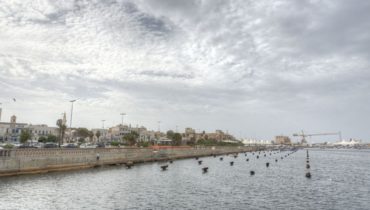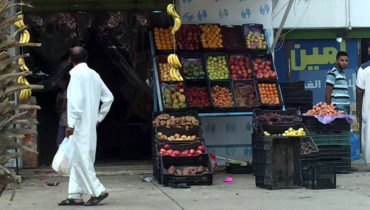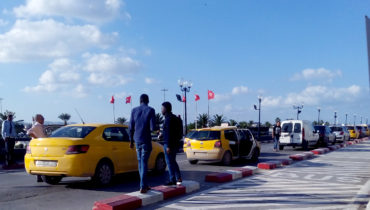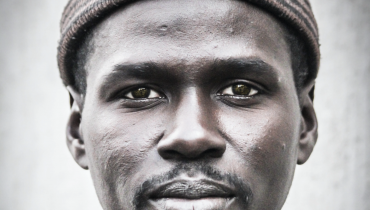Destined to Migrate: Exploring a culture of migration in a world of migration restrictions
12 March 2020
The region of Kayes in south-western Mali is traditionally known for migration patterns both within Africa and to France, some of which date back to the beginning of France’s colonial rule in the 1800s.
In 2007, it was estimated that 80% of all Malians in France originated from the region of Kayes. While previous migration from the region to Europe has predominantly been through regular channels, as of the 2010s Malian nationals have started to reach the European Union (EU) irregularly via the Mediterranean Sea. As of October 2019, Malians were among the top five most numerous nationalities of arrivals along the Western Mediterranean Sea route reaching Spain. They were also the third most numerous, after Guinea Conakry and Cote d’Ivoire, among West African nationalities across all three Mediterranean Sea routes reaching the EU that same year.
The report “Destined to migrate: exploring a culture of migration in a world of migration restrictions” conducted by REACH, in collaboration with the Mixed Migration Centre (MMC), aims to explore (1) the extent to which the ‘culture of migration’ contributes to migration aspirations in Kayes today; and (2) how changes in migration policies in the EU have impacted migration aspirations and ability to migrate and migration decision-making, including choice of destination and mode of migration; and (3) finally, the role of information campaigns in shaping the perception and decision-making process over migration in this context.
Key findings include:
- Migration perceptions & expectation to migrate: The vast majority of respondents had an extremely positive perception of migration, which reportedly originated from the economic advantages and social prestige migration brought, as well as a migrant’s capacity to give back to the community and lift their family out of poverty. For young men (aged 18 – 30 years old) migration is seen as the norm, with community members expecting young men of the community to migrate one day (95/109) and the majority of young men reportedly aspiring to do so.
- Restrictive migration policies have seemingly not changed migration aspirations of young men in Kayes, which remain mainly directed towards Europe. What has changed is the mode of travel, which has become predominantly irregular. This has led to an exacerbation of the vulnerability of the people of Kayes, be they migrants in transit, at destination, or their relatives in the community of origin.
- Information campaigns were found to have a limited role in the decision-making process over migration among respondents in the region of Kayes. Respondents were generally aware of the risks of irregular migration, but felt there was no alternative path to succeeding in their community. Nor, did respondents feel, there were legal pathways available to them, due to a lack of funds and documents to qualify for them.
Access the full report:
For more information
“Outspoken but Unheard: how diasporas in Europe shape migration along Mediterranean Sea Route” – REACH & MMC report.
On mixed migration trends, feel free to visit the REACH Resource Centre.
On mixed migration research and updates from Mixed Migration Centre.
Contact
Diana Ihring, Migration Assessment Manager, [email protected]
Emmanuel Gamard, Communications Officer, [email protected]

